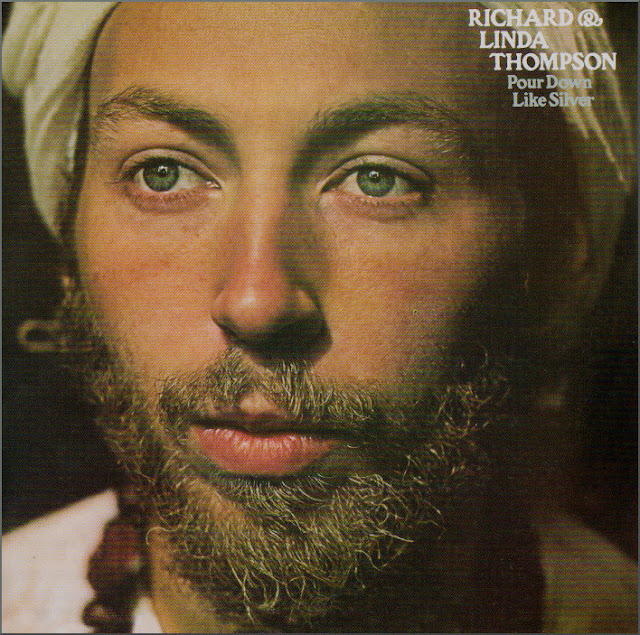Close encounters of a Buddhist kind
Last night's listening included the CD above of Lou Harrison's exquisite music for guitar and percussion. Lou Harrison's Buddhist tendencies - he famously set the Heart Sutra in Esperanto - prompted me to dip into Robert Thurmann's translation of The Tibetan Book of the Dead. This is a misunderstood text that is much better represented by its correct title The Book of Liberation Through Understanding in the Between. Its relevance extends far between the process of shuffling off the mortal coil, because we live in an age which culturally and politically is 'in the between'. In his commentary Bob Thurman, who as well as being a leading authority on Buddhism is together with Philip Glass a driving force in New York's Tibet House, makes a very important thought-provoking distinction between the superficial 'outer modernity' of Western culture and the reflective 'inner modernity' of Tibetan Buddhism.
Rereading Robert Thurmann's translation brought back a memory which I am now sharing. In 2014 I travelled with my wife to the remote region of Ladakh in India's disputed Jammu and Kashmir region. Ladakh is a high altitude desert at 11,500 feet bordered by the Kunlun mountains to the north and the Himalayas to the south. The Ladakh plateau is the flood plain of the Indus River which has its source on the contiguous Tibetan plateau to the east.
We were in Ladakh to attend the Tantric Kalachakra empowerment by the Dalai Lama, but there was also much else to see and do. One of my many eccentricities is, as a keen swimmer, to try and have at least a token swim in every place that I have been fortunate to visit on my wide-ranging travels. This eccentricity has had me swimming inside the shark nets of Hong Kong's Repulse Bay, in the revealing - follow the link to find out why - Yrjönkatu swimming hall in Helsinki, and in a very muddy creek in Guyana, South America.
As Ladakh doesn't have swimming pools - temperatures plunge to minus 20 degrees Celsius in winter - my swim had to be in the holy Indus River. Now, understandably, the Ladakhis are not keen swimmers. Which meant my enquiries at the Thiksey Monastery guest house where we were staying about swimming in the Indus were met with blank incomprehension. In fact the monks could not even tell me how to reach the Indus, yet alone if I could swim in it. My footer photo was taken from Thiksey Monastery. The guest house can be seen in the left foreground, and somewhere among that greenery in the middle distance is the Indus. Not to be daunted, I set off across the fields keeping an eye open for the feral dogs that roam the area. An extended hike finally brought me to the bank of the Indus which at this point is wide, fast flowing, very rocky and freezing cold as it originates as glacial meltwater.
There were only two other people at the Indus, and to my great surprise they were a Western man and woman of around my age - i.e. ancient. But to my even greater surprise they were 'canyoning' - jumping in and allowing themselves to be carried by the strong current down the rocky river. Now this seemed to me, putting it politely, rather a rash thing to be doing: not only is the water icily cold, the currents dangerously strong and the rocks large and sharp, but the far bank was inaccessible and the medical facilities in the region rudimentary, and to cap all they were not wearing any safety gear. Moreover I had had an aquatic close encounter a few years previously, and, very selfishly, I was not keen to become involved in another emergency.
But, as usual, my fears were unfounded. The two extreme sports addicts eventually came out of the water unscathed. The man came over, shook my hand and asked in an American accent "Hi, what's your name?" I replied "Bob". To which he responded "Me too - Bob Thurman". Yes it was the celebrated Buddhist scholar; he too was attending the Kalachakra empowerment, with a group from the States. We talked and I was introduced to his wife Nena. She was previously married to Timothy Leary; this may explain her penchant for things extreme, but I did not think it politic to go there. So this close encounter with Buddhism ended happily. I did finally swim in the holy Indus. But fear of saṃsāra, the Buddhist suffering-laden cycle of life, death, and rebirth meant I did not try canyoning.
No review samples used in this post. Any copyrighted material is included as "fair use" for critical analysis only, and will be removed at the request of copyright owner(s). Also on Facebook and Twitter.












Comments